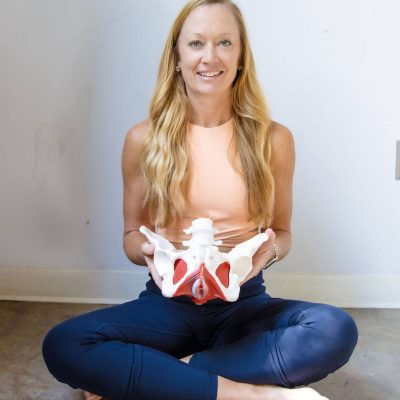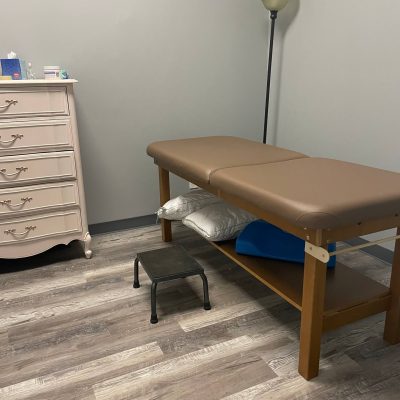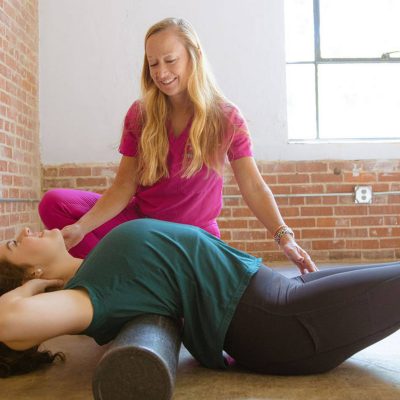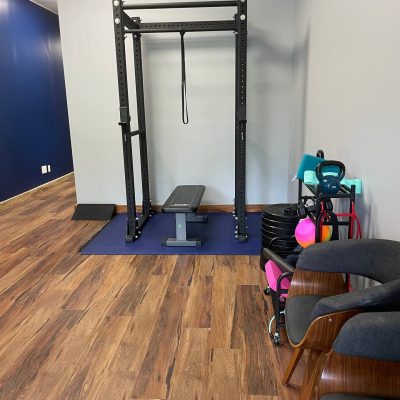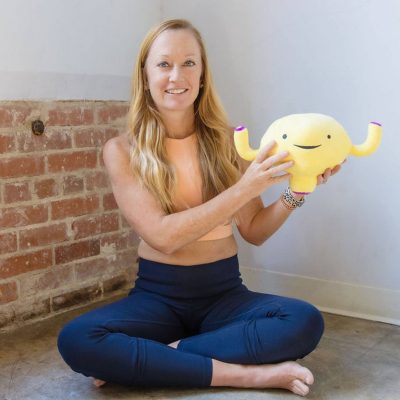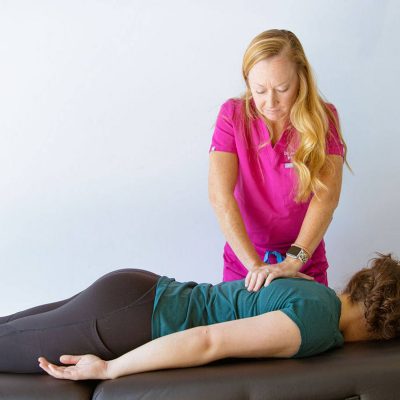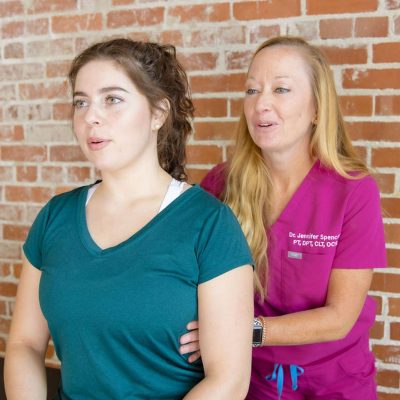What Can I Do for My Painful Periods?
Discomfort during menstrual cycles has been normalized; however, something can be done besides reaching for the Midol!
Menstrual cramps occur due to a chemical compound called prostglandin. Prostglandin is naturally present in the body and its role is to help contract and relax the uterus. During your cycle, prostagladin is released in order for the uterus to contract and for the endometrium (uterine lining) to detach and flow out of the body. When excessive prostaglandin is released, the uterus contracts too strongly which causes a decrease in oxygen to the uterine muscle tissue contributing to cramps.
Dysmenorrhea is a medical term for having pain with menstrual cycles. Over 80% of women are affected by this at some point in their life.
There are two diagnosis categories of dysmenorrhea, primary and secondary. Primary dysmenorrhea lasts 1-2 days during the beginning of a period. Pain can range from mild to severe and be present in the abdomen, back, hips, and thighs. This is the more common type. Secondary dysmenorrhea is caused by a disorder in the reproductive organs such as endometriosis, fibroids, or pelvic inflammatory disease. This pain typically begins earlier in the menstrual cycle and lasts longer than primary.
Things you can do to relieve menstrual cycles without medications:
- Use a TENS unit. This sends pulses through electrodes placed on the skin to nerves and helps to block pain signals to the brain. A Physical Therapist can help you identify a good TENS unit and the ideal pad placement.
- Perform abdominal and pelvic girdle massage. This can help relax the tissue restrictions in the abdomen and muscles surrounding the pelvis that can be contributing to cramps and/or bloating. A Physical Therapist can teach you self-treatment techniques to employ.
- Exercise. Women who exercise regularly often report less menstrual pain. When you exercise, a hormone called Endorphins are released which block pain receptors to the brain. Exercise also improves blood flow to the cramped blood vessels going to the uterus. A PT can teach you exercises to improve mobility in the spine and hips as well as help to relax the pelvic floor muscles.
- Heating pads placed on the low back or abdomen can improve blood circulation and relax tight muscles.
- Make sure you are staying hydrated! Try to aim for at least 50% of your body weight in fluid ounces of mostly water. Try to avoid alcohol and caffeine which can contribute to dehydration and make your cramping worse.
- Try to eat anti-inflammatory foods such as fruits & vegetables and foods high in omega-3 fatty acids such as seeds, nuts, eggs, dark green vegetables and salmon. Do your best to avoid the cravings for junky, processed food!
- Incorporating certain herbs into your diet can significantly help keep your hormones balanced. Ginger, dandelion root, basil, mint, raspberry leaves and other herbs can easily be incorporated into the foods you eat, or you can drink herbal tea.
- Magnesium is known to decrease muscle cramping in various parts of the body and now some studies have suggested that magnesium supplementation may be very beneficial for menstrual cramps.
A specialty trained Physical Therapist can also perform additional hands-on techniques to assist with pain reduction. Additional techniques may include Dry Needling, Visceral Mobilization, and Spinal Manipulation.
If you are dealing with painful periods, either primary or secondary dysmenorrhea, Pelvic Floor Physical Therapy can help!
Magic City Physical Therapy
Hoover, AL
Phone 205-602-1848
Fax 205-293-3895
Instagram @magiccitypt

